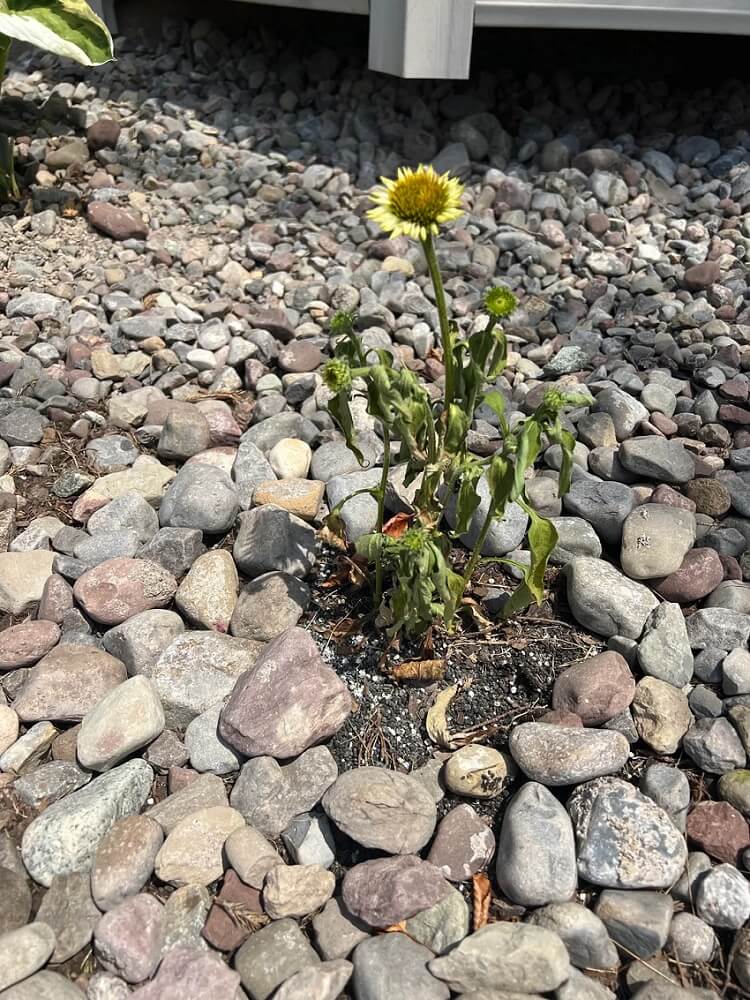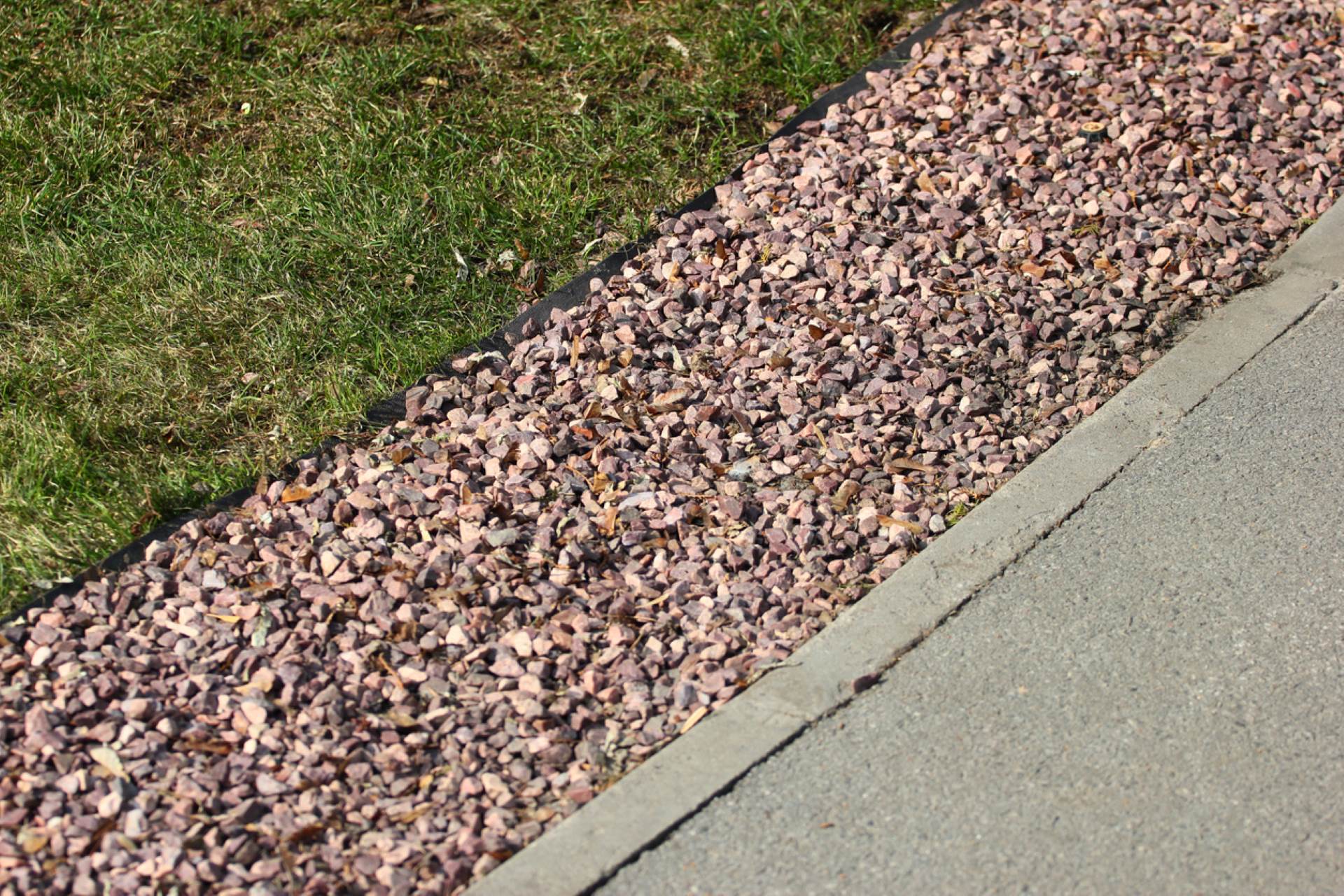Even avid gardeners may face an uphill battle in keeping flowers alive. One Redditor turned to the r/landscaping subreddit to question what could be wrong with their coneflower.
After including three photos of their coneflower with dilapidated leaves and surrounded by hardscaping, the original poster asked: "Too much water? Not enough? Too much sun? So concerned about it — any advice is helpful!"

However, the problem may not be the typical gardening woes after all.
Although hardscaping can make a yard attractive, rocks can reach 140-170 degrees Fahrenheit in the summer heat, compared to wood chips and bark at 80-85 degrees — far too warm for plant survival, according to the city of Round Rock, Texas.
Likewise, irrigation is one of the most challenging aspects of gardening. Most people overwater their landscapes by 30%-300%, per Harris Seeds, causing lower oxygen levels and root damage.
It is best to remove hardscaping and create a native garden. Plants that are already adapted to the local climate are crucial for boosting biodiversity. According to experts, the U.S. has lost 150 million acres of natural habitat and farmland to urban sprawl.
Native flora also attract pollinators, which can significantly benefit healthy plant growth. About one in three bites of food can be traced to pollinator species such as bees, birds, and butterflies.
Additionally, native landscaping can save you $225 on water annually since it requires less irrigation and maintenance than nonnative plants.
Could the original poster have had better luck by planting flowers native to their region instead — or doing something like xeriscaping?
Redditors were quick to leave their thoughts about what to do, including one user who commented on removing the rocks and advised them to "clear a radius of 2 feet" with a drip irrigation line.
"Make sure it gets watered enough — not too much — and at the correct time of day," they added. It is best for gardeners to water in the early morning or when the sun goes down in the evening, according to the Almanac.
Another Redditor commented the coneflower could have aster yellows disease or coneflower rosette mite, writing: "both of which could be brought on by the plant being stressed from the rocks and lack of water. If you need to replace it, choose a plant that likes a hot, dry environment."
Join our free newsletter for easy tips to save more, waste less, and help yourself while helping the planet.








